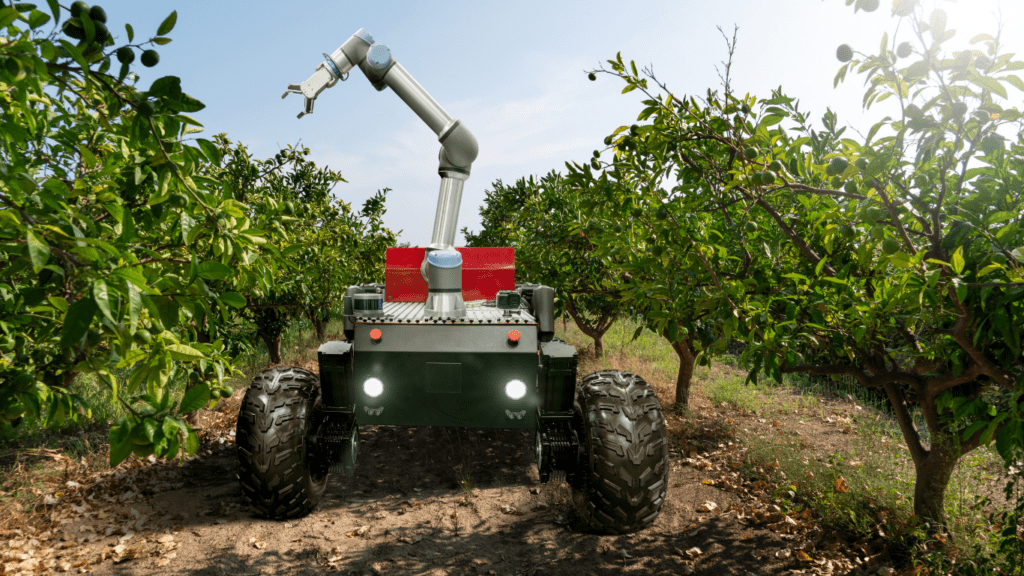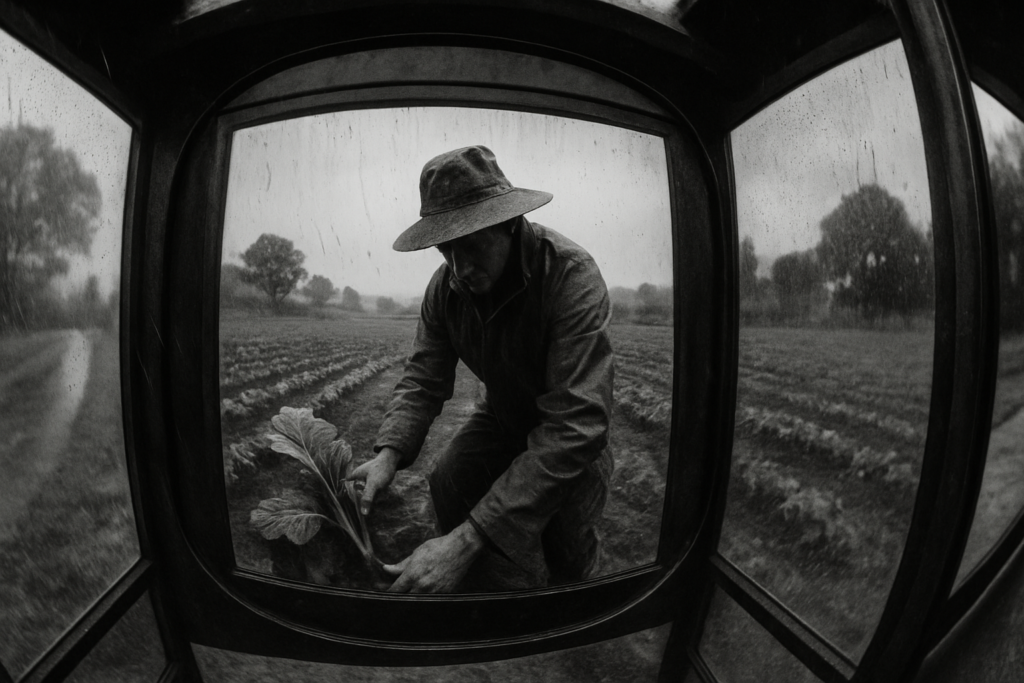Understanding Climate Change
Climate change refers to long-term shifts in temperatures and weather patterns. These shifts may be natural, such as through volcanic eruptions and variations in solar radiation. However, since the 1800s, human activities have been the primary driver of climate change, mainly due to the burning of fossil fuels like:
- coal
- oil
- gas
which increases atmospheric CO2 levels.
Greenhouse gases (GHGs) trap heat in the atmosphere, leading to global warming. The most significant GHGs include carbon dioxide (CO2), methane (CH4), and nitrous oxide (N2O). CO2 is responsible for about 76% of GHG emissions. CH4 and N2O, although less abundant, have higher global warming potentials.
Impacts of climate change are widespread, affecting ecosystems, weather patterns, and sea levels. Extreme weather events, such as hurricanes, floods, and droughts, are becoming more frequent. Warmer temperatures lead to the melting of polar ice caps and glaciers, contributing to sea-level rise, which threatens coastal communities.
Agriculture both affects and is affected by climate change. Farming activities, such as deforestation, livestock production, and rice cultivation, release significant amounts of GHGs. Conversely, extreme weather jeopardizes crop yields and livestock, impacting food security.
Sustainable practices in agriculture, such as crop rotation, no-till farming, and cover cropping, can mitigate climate change by enhancing carbon sequestration in soil and reducing GHG emissions. Embracing these practices is crucial for safeguarding our planet and ensuring long-term agricultural productivity.
Agricultural Practices and Climate Mitigation
Agricultural practices can significantly mitigate climate change. Implementing sustainable techniques and enhancing soil carbon sequestration are key ways to lower greenhouse gas emissions and improve resilience.
Sustainable Farming Techniques
Sustainable farming techniques reduce emissions and increase resilience. Crop rotation, for example, improves soil health and lowers the need for chemical fertilizers.
No-till farming minimizes soil disturbance, which helps retain organic matter and reduces carbon release. Agroforestry, integrating trees and shrubs into crops, captures carbon and boosts biodiversity. These techniques contribute to a more sustainable agricultural landscape.
Carbon Sequestration in Soil
Carbon sequestration in soil captures atmospheric CO2, storing it in soil organic matter. Practices like cover cropping increase organic matter, enhancing soil’s carbon storage ability.
Compost application enriches soil, helping sequester more carbon while improving fertility. Integrating perennials with deep root systems further stabilizes soil and sequesters carbon. These strategies minimize emissions and build healthier agro-ecosystems, effectively combating climate change.
Innovations in Agriculture

Innovations in agriculture are key to combating climate change. These advancements enhance sustainability, reduce emissions, and improve efficiency.
Technological Advancements
- Technological advancements transform agriculture by incorporating cutting-edge tools.
- Drones monitor crop health, delivering real-time data on growth patterns, nutrient deficiencies, and pest infestations. For example, imaging sensors detect plant stress, enabling targeted interventions.
- Robotics automate labor-intensive tasks, increasing efficiency and reducing emissions.
- Autonomous tractors and harvesters optimize fuel use, decreasing the carbon footprint.
- Soil sensors provide precise moisture and nutrient readings, ensuring optimal resource use without wastage.
Precision Farming
Precision farming enhances agricultural productivity through data-driven approaches. GPS technology guides planting and harvesting, improving accuracy and reducing overlaps. Variable rate technology adjusts inputs like fertilizers and pesticides based on specific field conditions, minimizing excess application.
IoT devices gather and transmit vital data on weather, soil, and crop conditions. Farmers use this information to make informed decisions, reducing resource use and environmental impact. Precision irrigation delivers water at the right time and amount, conserving water and boosting yields.
Policy and Regulatory Measures
Policy and regulatory measures significantly influence agriculture’s role in combating climate change. They set the framework for sustainable practices and innovations.
Government Initiatives
Government initiatives are crucial for promoting sustainable agricultural practices. For instance, subsidies for organic farming encourage farmers to adopt environmentally friendly methods.
Programs like the USDA’s Conservation Reserve Program (CRP) aid in reducing soil erosion, enhancing water quality, and increasing wildlife habitats by incentivizing farmers to convert environmentally sensitive land to conservation use. Tax incentives for purchasing precision farming equipment help farmers invest in technologies that optimize resource use and minimize environmental impact.
International Agreements
International agreements play a pivotal role in coordinating global efforts to address climate change through agriculture. The Paris Agreement emphasizes the need for sustainable land use practices to reduce emissions. Under this agreement, countries commit to national targets that include measures for sustainable agriculture.
The United Nations’ REDD+ program supports efforts in developing countries to reduce emissions from deforestation and forest degradation, which ties directly into promoting sustainable agriculture. The FAO’s Global Soil Partnership focuses on improving soil management practices worldwide to enhance fertility and sequester carbon, aligning with efforts to combat climate change.
Challenges and Opportunities
Agriculture tackles climate change, but it faces significant obstacles and offers numerous avenues for improvement.
Addressing Barriers
Agricultural barriers include limited access to technology, insufficient funding, and fragmented policies. Smallholder farmers, for example, often lack the capital to invest in efficient and sustainable farming equipment. Governments, corporations, and NGOs must collaborate to provide financial support.
According to the World Bank, addressing funding gaps could lift millions of farmers out of poverty while promoting sustainable practices. Another barrier involves policy fragmentation; inconsistent regulations across regions hinder widespread adoption of effective techniques.
Policymakers need to work towards harmonized standards. Climate change’s unpredictability also necessitates better forecasting tools to enable farmers to plan effectively.
Embracing Opportunities
Despite these challenges, opportunities abound in agriculture for mitigating climate change. Advancements in technology, like precision farming and genomic tools, optimize inputs and improve crop resilience. For instance, precision farming uses GPS and data analytics to ensure efficient resource use and minimize waste.
Adopting renewable energy sources such as solar panels and wind turbines on farms reduces emissions and operating costs. Many farmers are shifting towards agroforestry, integrating trees and shrubs into their crops for enhanced biodiversity and soil health.
According to a study published by Nature, such practices could sequester significant amounts of carbon, thus contributing to climate goals. Another opportunity lies in the growing market for organic and sustainably produced food, driven by consumer demand.
By overcoming barriers and seizing opportunities, agriculture can be a formidable force in combating climate change.



